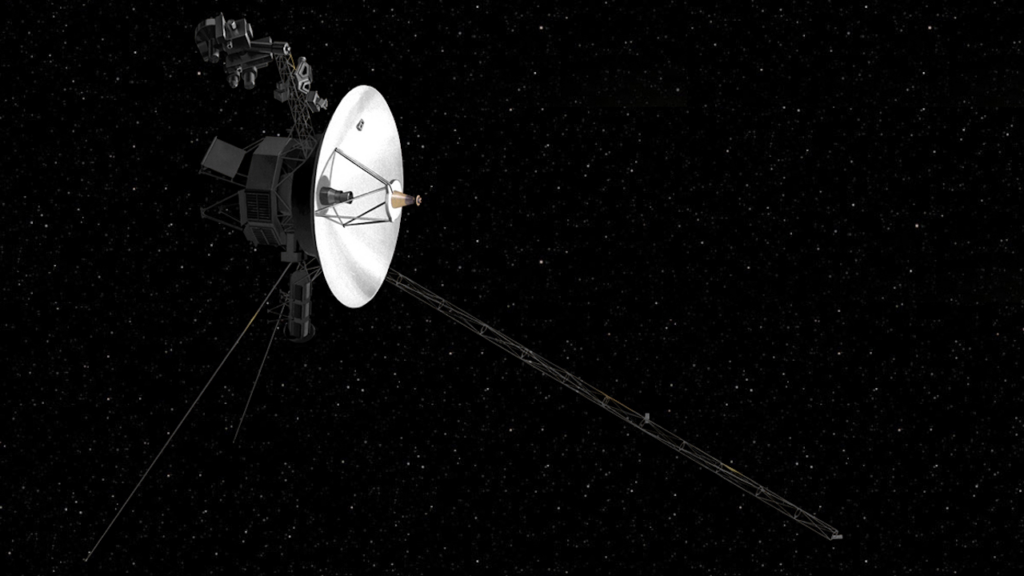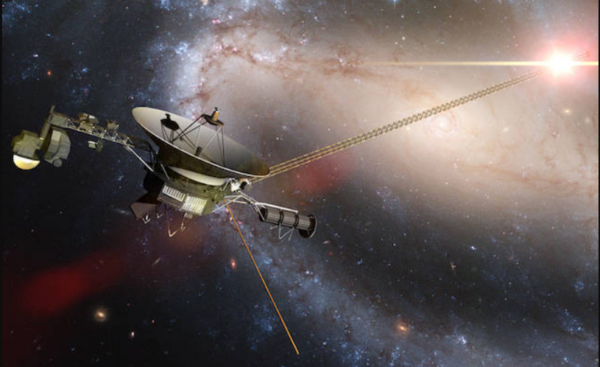NASA’s Voyager 2 spacecraft, which is 12 billion miles from Earth, can now remain operational until 2026, as opposed to this year, due to a new power strategy implemented by the United States space agency. According to a press release from the NASA Jet Propulsion Laboratory, the five scientific instruments aboard the 45-year-old spacecraft will continue to function for at least the next three years.
Initially, mission planners believed that one of the scientific instruments would have to be shut down this year due to progressively decreasing power levels.
NASA’s Jet Propulsion Laboratory Voyager team has devised a new method to keep all five instruments operating.

This modification was made by redirecting a small amount of power intended for an onboard safety system that safeguards Voyager 2 against voltage fluctuations. NASA believes it is worthwhile, despite the inherent risk, to maintain the scientific instruments operational for a longer period of time.
Voyager 2 and its twin, Voyager 1, were both launched in 1977 and have explored several planets in the solar system’s extreme reaches. These spacecraft have now touched the outermost edges of the heliosphere, which is a bubble-like region of space surrounding the Sun that shields the Earth from interstellar radiation.
The generators on both spacecraft continue to degrade, but this has had no effect on their scientific collection.
To compensate for the ongoing power loss, mission coordinators have had to turn off heaters and other non-essential systems. This process had reached the point on Voyager 2 where one of the scientific instruments would shortly need to be turned off.

Voyager 2 now uses a small amount of backup power intended for an onboard safety mechanism designed to safeguard the spacecraft from potentially damaging voltage spikes. Despite the fact that this method will not strictly regulate the spacecraft’s voltage, the electrical systems on both probes are still relatively stable, reducing the need for a safety net.
The engineering team can also monitor the voltage and take corrective action if it fluctuates excessively. If the new strategy for Voyager 2 proves effective, the crew may also implement it for Voyager 1.
Voyager 1 passed the heliosphere in 2012, whereas Voyager 2 did so in 2018; the difference is due to Voyager 2’s slower speed and opposite trajectory. Voyager 1 was less dependent on electricity than Voyager 2 due to a malfunctioning scientific instrument early in the voyage, according to a JPL release.
The team has been monitoring the spacecraft for a few weeks as the new strategy appears to be functioning effectively. This extension of Voyager 2’s scientific mission is a remarkable accomplishment in the annals of spaceflight, as NASA is still able to extract additional life from these pioneering probes after all these years.

